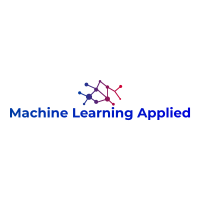For certain types of problems, data is best represented by a graph. Such a graph is then characterized by a node matrix of dimension N by F, where N is the number of nodes and F the number of node features. Edge information is converted to an N by N by E matrix which can be imagined as an N by N matrix in which each element is a particular type of feature of the two connected nodes and each type of feature is another N by N matrix thus resulting in the depth of E for E pairwise features.
In this paper, the authors create a variational autoencoder in which the input data is a graph as is the output of the decoder. The encoder is a graph convolutional network and the latent space is sampled with the usual reparameterization trick (see Section 2.4). The main contribution of the paper is the creation of a decoder.
We approach the task of graph generation by devising a neural network able to translate vectors in a continuous code space to graphs. Our main idea is to output a probabilistic fully-connected graph and use a standard graph matching algorithm to align it to the ground truth.
The authors use the generation of small molecules to test their approach. Results are mixed in terms of creating valid, new molecules, as well as diverse new molecules. However, as they note, this is an early attempt to use graphs directly in generating new molecules.
Below is the abstract of GraphVAE: Towards Generation of Small Graphs Using Variational Autoencoders.
Deep learning on graphs has become a popular research topic with many applications. However, past work has concentrated on learning graph embedding tasks, which is in contrast with advances in generative models for images and text. Is it possible to transfer this progress to the domain of graphs? We propose to sidestep hurdles associated with linearization of such discrete structures by having a decoder output a probabilistic fully-connected graph of a predefined maximum size directly at once. Our method is formulated as a variational autoencoder. We evaluate on the challenging task of molecule generation.



